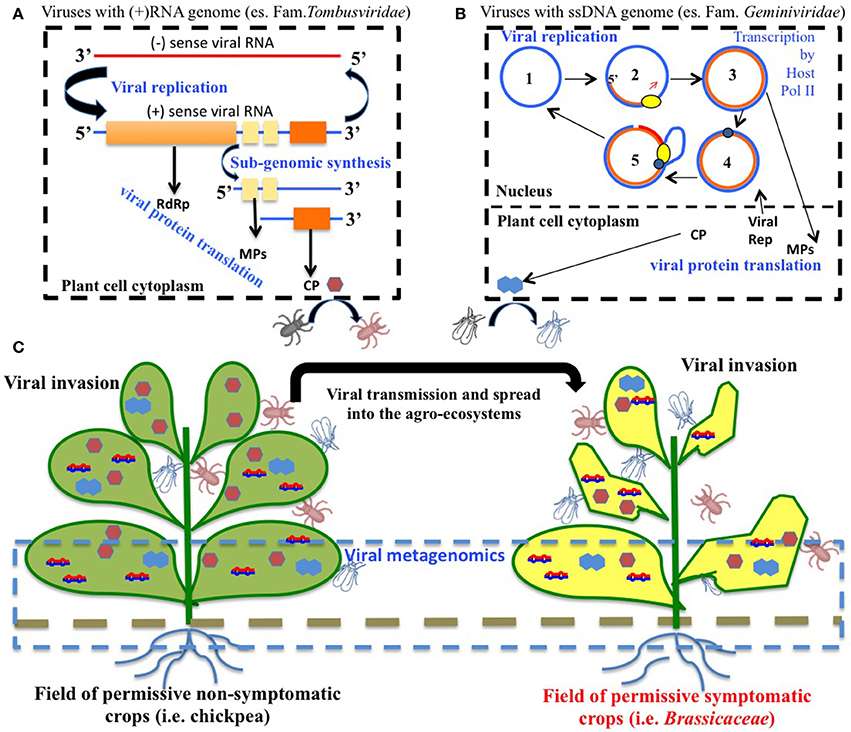Analysis of Nematode Interactions with Viruses
Many species of nematodes ingest viruses when they feed on the roots of virus-infected plants. Still, it is now well established that the natural transmission of nepoviruses is only by longidorid nematodes in the genera Longidorus and Xiphinema, and the tobraviruses by trichodorid nematodes, Trichodorus, and Paratrichodorus species. Moreover, only a small percentage of the 160 or so described species of Xiphinema and 85 species of Longidorus have been implicated as virus vectors; not all the 35 nepoviruses that have been described require nematode vectors for their survival and dissemination.
Lifeasible develops an advanced platform equipped with advanced instruments and professional staff to perform analysis services with a high standard. We customize featured services according to customers' needs. We deliver satisfactory and reliable results and reports on time to our customers worldwide.
Virus Retention Site Within Nematodes
- It is reported that each nematode species may only transmit a particular virus strain; a third tobravirus, pepper ringspot, has been described from Brazil, and P. christiei has been implicated as a vector. Electron microscopy of thin sections of nematode vectors has revealed the virus retention sites within each vector genera.
 Fig.1 Virus cycles in agro-ecosystems. (Leonetti P, et al., 2018)
Fig.1 Virus cycles in agro-ecosystems. (Leonetti P, et al., 2018)
- Lifeasible provides analysis of virus retention site within nematodes, including virus particles of Longidorus species in the inner surface of the cuticular odontostyle, between the odontostyle and its guiding sheath. In Xiphinema vectors, particles of the transmitted viruses are associated with the cuticular lining of the odontophore, the slender esophagus, and the esophageal pump, the maximum concentration of particles usually present in the anterior region of the odontophore.
Interaction Between Nematodes and Virus
- The interactions between plant-parasitic nematodes and plant viruses can be divided into two groups, one is specific interrelationships between certain ectoparasitic nematode species and some viruses which they transmit, and the other is more general effects of plant viruses on various plant-parasitic nematodes via the host plant.
- We assist in analyzing interaction between nematodes and bacteria, especially the highly specific interaction between virus particles with the cuticular structures of the feeding apparatus in nematode vectors.
Virus Particles Transferring to Cells of the Host
- Transmission of the viruses requires the dissociation of the virus particles from their sites of retention within the vector and their successful transfer to cells within the host plant roots.
- We assist in the analysis of virus particles transferring to cells of the plant host, such as the dissociation process of the virus, which is thought to occur when secretions from the esophageal gland pass anteriorly through the food canal. We also help analyze the nematode vector’s transmission process, which may be influenced or synergized by the interaction between the esophageal gland secretions and the host plant tissues.
Lifeasible offers analysis services of nematode interactions with viruses to meet your research demands. With years of experience in the biological industry, our professional platforms can help our clients solve types of difficulties. If you are interested in our services or have any questions, please feel free to contact us or make an online inquiry.
Reference
- Leonetti P, et al. (2018). "Viruses and Phytoparasitic Nematodes of Cicer arietinum L.: Biotechnological Approaches in Interaction Studies and for Sustainable Control." Front Plant Sci. 9, 319.
For research or industrial raw materials, not for personal medical use!
 Fig.1 Virus cycles in agro-ecosystems. (Leonetti P, et al., 2018)
Fig.1 Virus cycles in agro-ecosystems. (Leonetti P, et al., 2018)